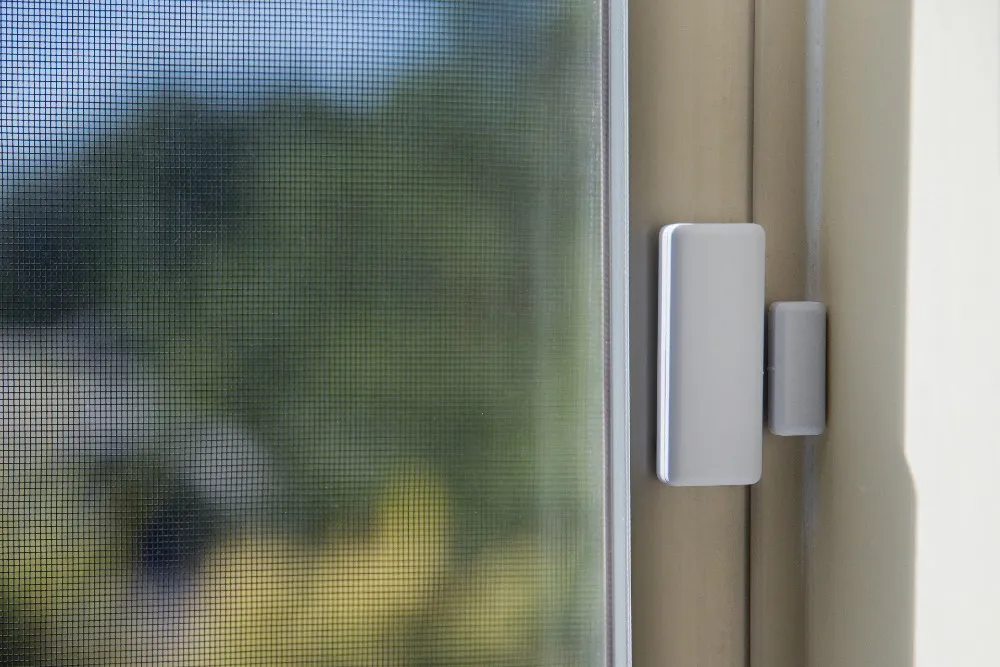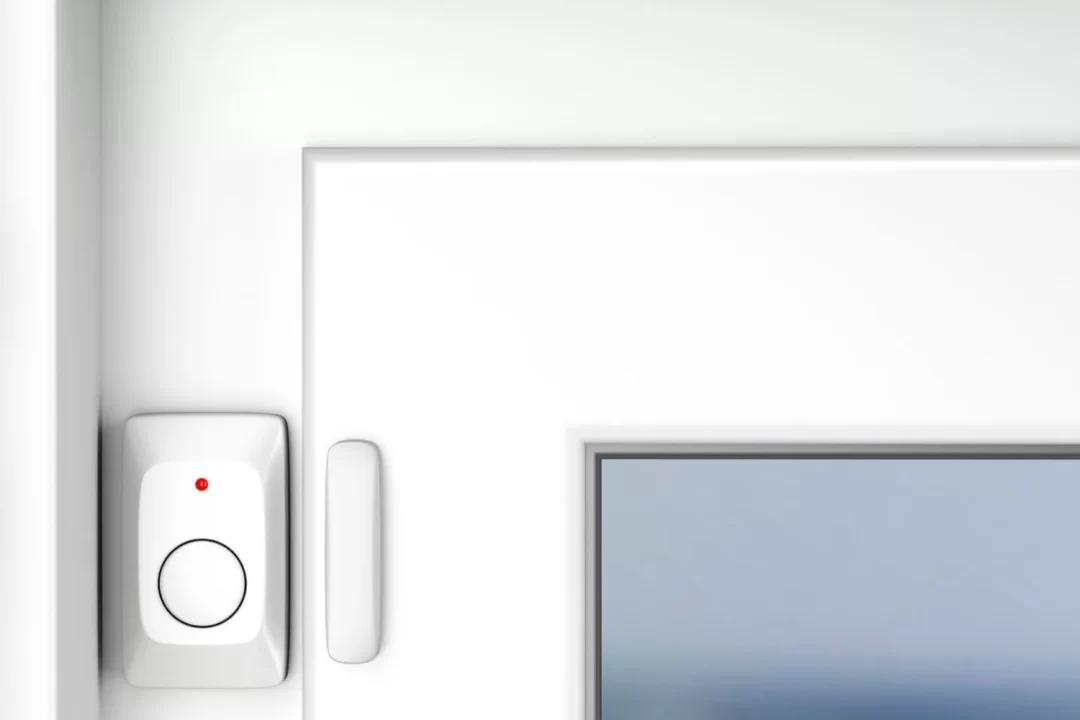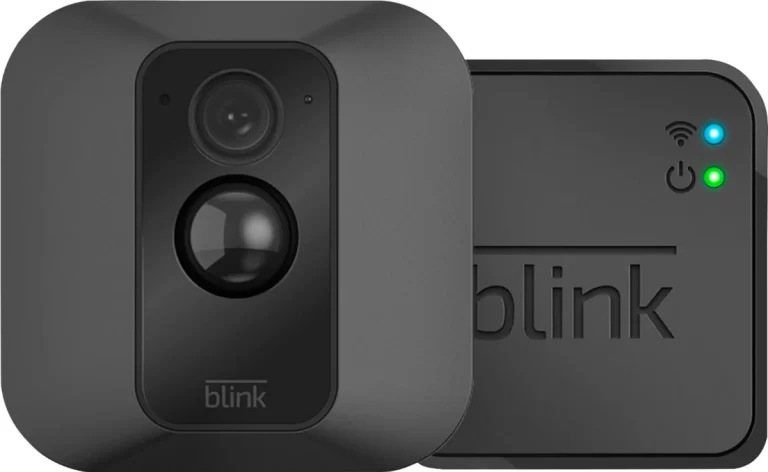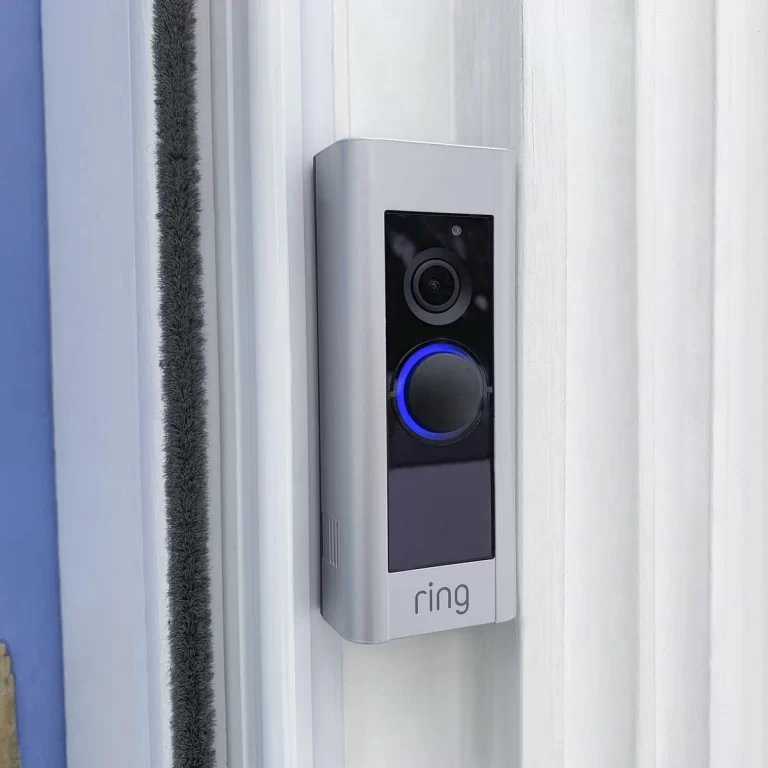How Do Window Contact Sensors Work?
How do window contact sensors work? In a world where security is paramount, understanding the inner workings of window contact sensors is essential. These unassuming devices play a crucial role in safeguarding our homes and businesses.
In this comprehensive guide, we will delve deep into the technology and mechanisms behind window contact sensors, shedding light on how they operate and enhance security.

How Do Window Contact Sensors Work?
Window contact sensors are ingenious devices designed to detect any unauthorized entry or intrusion through doors and windows. They consist of two main components: a sensor and a magnet.
These components work together to create a closed circuit. When the circuit is closed (meaning the door or window is shut), the system is in a normal state.
However, when the door or window is opened, the circuit is broken, triggering an alarm.
Window contact sensors are typically integrated into a larger security system. When an alarm is triggered, the system may sound a loud siren, send alerts to your smartphone, or even notify a security monitoring service.
Two Types of Window Contact Sensors
Here are the two main types of window contact sensors:
Magnetic Sensors
At the heart of these sensors are magnetic reed switches. These switches are highly sensitive to changes in magnetic fields.
When the magnet attached to the moving part of the window comes close to the sensor (usually attached to the frame), the magnetic field causes the reed switch to close the circuit. This closure indicates that the window is secure.
Monitoring the Circuit
The control panel of the security system continuously monitors the status of the circuit. If the circuit is broken, for example, when a window is opened, the control panel interprets this as a breach, and the alarm is activated.
How to Install Window Contact Sensors
To maximize the effectiveness of window contact sensors, proper installation is crucial. Here are some tips to ensure you get it right:
1. Strategic Placement: Install sensors on all accessible windows and doors. This includes ground-level windows, basement windows, and any other potential entry points.
2. Alignment Matters: Ensure that the sensor and the magnet are aligned correctly. They should be close enough to create a circuit when the window or door is closed but not so close that they are touching.
3. Secure Wiring: Conceal wiring when possible to prevent tampering.
4. Test It Out: After installation, test each sensor to make sure it triggers the alarm when the window or door is opened.
Wireless vs. Wired Window Contact Sensors

1. Going Wireless
In recent years, wireless window contact sensors have gained popularity due to their flexibility and ease of installation.
These sensors communicate with the control panel via radio signals, eliminating the need for extensive wiring.
2. Wired Sensors
On the other hand, wired sensors are connected directly to the control panel using electrical wiring.
While they may require more effort during installation, they tend to be more reliable and less susceptible to interference.
Do I Need a Window Sensor on Every Window?
Whether or not you need a window sensor on every window depends on your specific security needs and preferences.
While it is not always necessary to have a window sensor on every window, there are a few factors to consider:
1. Risk Assessment
Assess the vulnerability of each window based on its location, accessibility, and visibility. Ground-level windows, basement windows, or windows in secluded areas are typically considered higher-risk and may benefit from having a sensor.
2. Budget
Equipping every window with a sensor can be costly, especially if you have a large number of windows. Consider your budget and allocate resources accordingly to cover the most critical entry points first.
3. Coverage and Deterrence
Having sensors on all windows provides comprehensive coverage and enhances the deterrent effect. Intruders are less likely to attempt entry when they see visible signs of a robust security system.
4. Alternative Measures
If installing sensors on every window is not feasible, consider alternative security measures such as reinforcing windows with security film or bars, using motion sensors to cover multiple windows, or focusing on securing doors and other vulnerable entry points.
It is recommended to consult with a security professional or a reputable home security provider to assess your specific needs and determine the most effective placement of window sensors based on your property layout, security goals, and budget.
Frequently Asked Questions
Here are some related questions and answers:
1. Are window contact sensors suitable for all types of windows?
Yes, window contact sensors can be used on most types of windows, including sliding, casement, and double-hung windows.
However, their effectiveness may vary depending on the window material and design.
2. Can I install window contact sensors myself?
Yes, many window contact sensors are designed for DIY installation.
However, if you are unsure about the process or want a more complex system, it’s advisable to seek professional installation services.
3. Do window contact sensors work during a power outage?
Most wireless window contact sensors come with battery backups, ensuring they continue to function even when the power is out. Wired sensors may require a backup power source to remain operational.
Conclusion
In conclusion, window contact sensors are invaluable components of a modern security system. Their ability to detect unauthorized access provides peace of mind and enhances the security of our homes and businesses.
Understanding the technology behind these sensors empowers us to make informed decisions when it comes to safeguarding our properties.
So, the next time you wonder, “How do window contact sensors work?” remember the magnetic magic that keeps your world secure.
READ ALSO!!!





